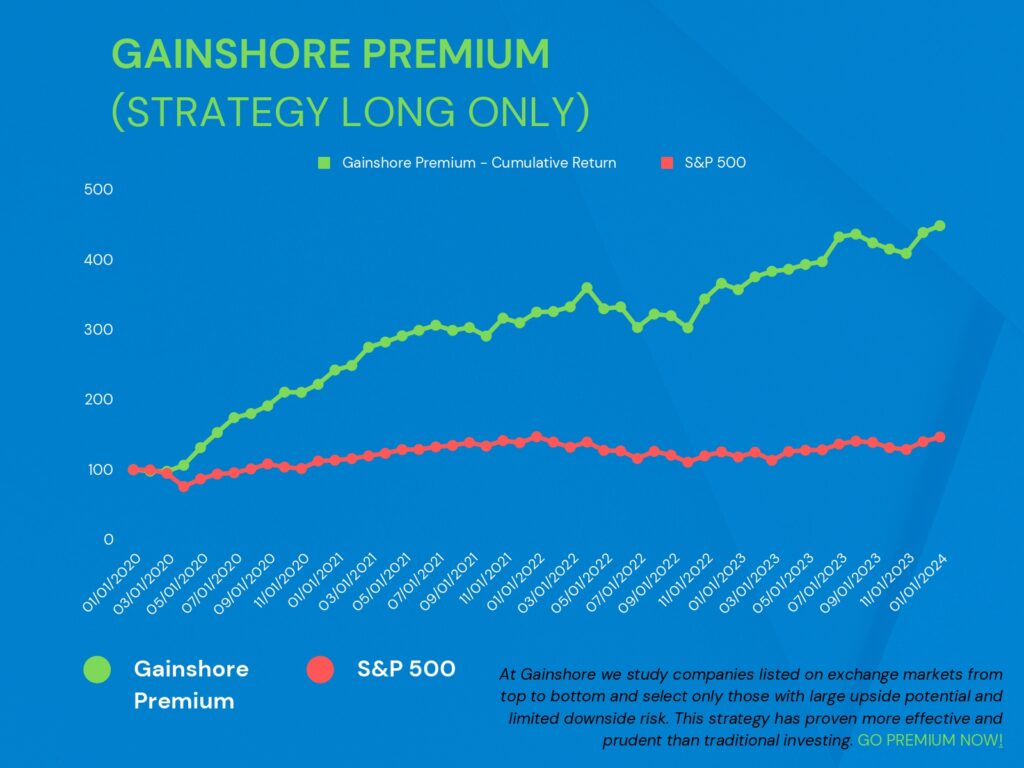Table of Contents
ETF Meaning
ETF stands for Exchange Traded Fund, an investment pool of assets with the characteristics of a mutual fund and a stock. Exchange Traded Funds represent, like mutual funds, a basket of investments pooled together. Moreover, ETFs trade on exchange markets exactly like a stock.
Exchange Traded Funds vs Mutual Funds
Exchange Traded Funds and mutual funds differ for several reasons. First, purchasing units in mutual funds entails a more manual process, usually requiring more time to be processed and involving more hurdles: minimum significant investment amount, particular investors’ prerequisites, special accounts, and specific documentation.
Besides how they are bought and sold, the main difference between ETFs and mutual funds lies in the underlying investment strategy. Mutual funds are managed actively, meaning that they are run by asset managers proactively deciding what and how much to buy or sell of specific securities.
Exchange Traded Funds instead pursue a passive investment strategy which translates into replicating or “copying” a particular benchmark or index, a basket of securities grouped by some characteristics they have in common – for instance, their sector, geography, or market capitalization.
What made ETFs increasingly popular?
Mutual funds are managed by asset management professionals, the investment management company, which is run similarly to any other business and thus faces many expenses, from personnel to equipment, electricity, rent to transaction costs etc. Some of these costs are borne by the company, some by the fund, and ultimately by the investor. For this reason, mutual funds’ expenses are higher than ETFs since they include, amongst others, a management fee for pursuing an actively managed strategy. On the other hand, ETFs do not charge any management fees, and the total cost to run them is minimal. As a result, mutual funds usually have around 1-3% annual Total Expense Ratio (TER), while ETFs’ yearly charges can be as cheap as 0.20-0.30%.
One would reasonably expect that an active strategy of investment would be superior to a passive one and that, in the long term, mutual funds to exist would have to generate a higher return (so-called alpha) – relative to their passive counterparty – to cover the extra fees at the minimum and provide added value to its investors. Is that really true?
There is a long debate about whether higher returns for investors counterbalance the higher expense ratios of mutual funds. Sadly, evidence shows that many mutual funds turn out to be following a rather passive strategy and underperforming similar investment alternatives. As a result, mutual funds’ expenses are, in many cases, a drag to the investors’ returns, and that’s how they gradually lost their charm over passive, low-cost funds since they were first established in the early nineties.

ETFs vs Index Funds
An index fund is an investment vehicle that tracks a market index, effectively copying its underlying investments and their percentage allocations.
Market indices represent a group of securities with specific market characteristics; indices are designed to represent and measure the performance of securities in a specific market, asset class, sector or investment strategy. For example, the Euro Stoxx 50 represents the 50 European blue chips with the largest capitalization, and the S&P 500 is constituted by the 500 largest companies listed in the United States.
Indices also vary for other specific features other than the underlying investment basket. However, the essential specifics or rules that every investment index must have are the following:
- Investment universe profile: what characteristics must the assets have to be included? Stock indices can consist of from 15 to more than 2000 securities.
- Rebalancing period: how often is the investment basket rebalanced and reassessed to exclude the securities that no longer meet the rules of the index and replace them with new ones? The rebalancing period usually ranges from quarterly to annually.
- Weighting Method: how are securities allocated over others within the total portfolio? The most common weighting methods are equal-weighted (all securities have the same percentage allocation) and capitalization-weighted (assets are prorated according to market capitalization.)
- Pricing Method: indices can be either Total Return or Price Return. Total Return indices, most used for bonds but also for shares, include all the cash proceeds distributed by the underlying securities (interest, dividends, etc.) and assume they are reinvested (into the same security distributing that cash.) On the other hand, Price Return indices track only price movements (gains and losses.) The Total Price return gives a more accurate picture of the investment return. However, since the price return (not total) is what is shown by default from the stock charts, in order to have a picture of the total return of the stock or index, it would always be necessary to refer to the trend of the so-called adjusted price.
Index funds pursue a passive investment strategy; index funds’ managers strive to ensure that the fund performs as closely as the index.
Because of their passive nature, index funds’ expense ratios are usually lower than actively managed funds.
Exchange Traded Funds (ETFs), like index funds, track an index and are passive in nature; however, they differ for several reasons. ETFs are usually more flexible and cheaper than index funds.
First, ETFs have lower expense ratios because they are cheaper to run. The expense ratio is expressed in annual percentage: for instance, a 1% expense ratio means $10 of fees are paid for every $1,000 invested. So, all things being equal, a lower expense ratio will increase funds yields.
Second, ETFs are more flexible because, like common stocks, they are traded on the stock exchange and can be bought in smaller sizes (the minimum lot is 1 unit, so the minimum investment corresponds to 1 unit price of the specific ETF).
Most ETFs are passive investment vehicles, but in recent years, a new series of actively managed ETFs have emerged that combine the best upsets in traded funds and active strategies; they are called smart beta ETFs.
Investing in ETFs
Investing in ETFs can be rewarding due to their efficient structure, and doing so is quite simple; all you need is an investment platform from any online broker that allows you to buy shares in Exchange Traded Funds.
ETFs are suitable for most investors who do not have time to search for individual securities and carry less risk of buying individual securities due to the implicit diversification of all investment funds in the pool.
ETFs are also suitable for savings plans, where investments can be made periodically through automated accumulation plans.
Most popular ETFs
- Vanguard FTSE All World High Yield Dividend
- Invesco S&P 500
- Invesco Physical Gold
- Lyxor Nasdaq 100
- iShares Morningstar Mid-Cap Growth ETF
- Wisdomtree Wti Crude Oil
- Xtrackers MSCI World Energy
- Wisdomtree Wheat
- WisdomTree Physical Palladium
- Vanguard USD Corporate Bond
Downsides of ETFs
The main drawback of ETFs and investment funds, in general, has to do with the overall performance achievable, which by definition is aligned to the market – therefore to the total average of the stocks of that specific universe or market of reference – and therefore cannot be superior. This problem is, unfortunately, attributable to over-diversification, the advantages of which are overestimated by modern financial doctrine. Read this article to learn more about the limits of traditional investing.
Superior higher returns can be achieved only by carefully selecting the best investment opportunities, while funds and ETFs will inevitably hold securities that are inferior to others. Learn more about it by reading this article.
To overcome these shortcomings, you could hold a mix of ETFs and shares to have more flexibility and take advantage of both diversification and a Focus Investing approach. That’s why Gainshore created strategic model portfolios for every kind of investor.
BEST ETFs TO BUY NOW
Thanks to our meticulous and stringent screening analytical process, Gainshore has achieved an extraordinary 100% winning rate on LONG TERM STOCKS, and the SHORT TERM STOCKS have repeatedly been beating all global equity markets.
Our stock recommendations have grown about 250% since 2020 while exhibiting minimal negative volatility despite COVID-19, the Ukraine War and the current high inflationary environment.
Discover the 10 ETFs to buy now, or subscribe to our newsletter to learn more.







